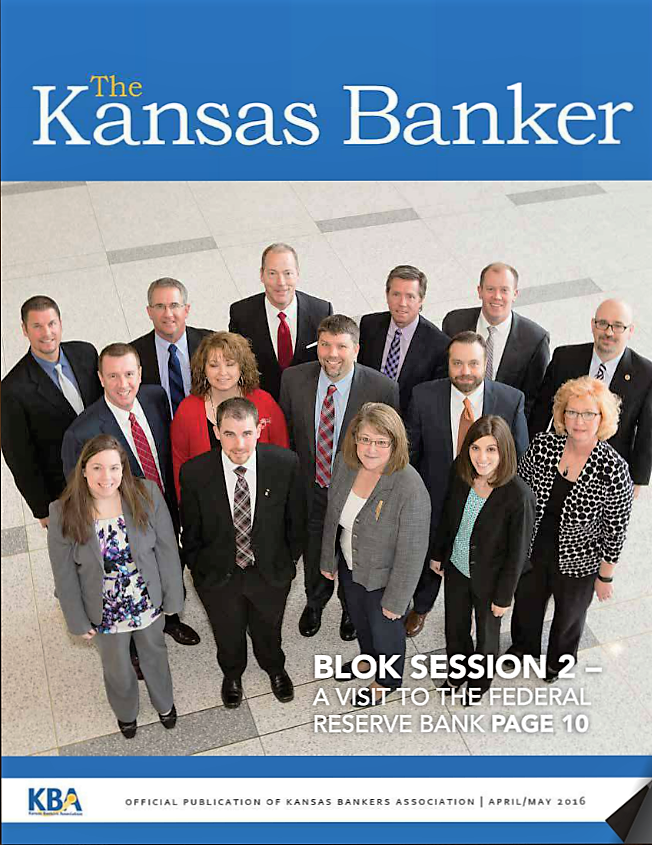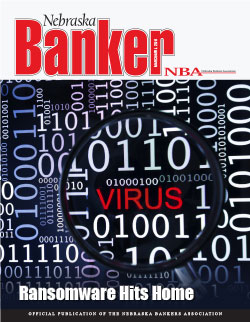Four Actions to Prevent Ransomware
By: Daniel Lindley
Publication: The Community Banker, Summer 2016

Malware is a constant threat to networks. While primarily affecting Windows systems in the past, newer versions of malware can wreak havoc on Linux and OSX systems as well. The malware variant that is becoming increasingly more popular and devastating is ransomware. Ransomware results in the encryption of local and network-mapped files followed by a ransom request to the user. Ransomware affects home users, police departments, banks, and even hospitals, with no sign of slowing down due to the level of anonymity associated with bitcoin, the ease of spreading the software, and the likelihood of payout by infected users.




 Are you familiar with the typical ransom movie? The bad guy steals a kid or a wife and demands money in exchange for their safe return. Requests often come in the form of magazine clippings. Perhaps you're more familiar with the ever-classic bank hold-up; the bad guy wants money in exchange for the safety of hostages who happen to still actually go into a bank. Times are changing. Ransom doesn't work the way it used to. You can't see the bad guy headed toward you from the window.
Are you familiar with the typical ransom movie? The bad guy steals a kid or a wife and demands money in exchange for their safe return. Requests often come in the form of magazine clippings. Perhaps you're more familiar with the ever-classic bank hold-up; the bad guy wants money in exchange for the safety of hostages who happen to still actually go into a bank. Times are changing. Ransom doesn't work the way it used to. You can't see the bad guy headed toward you from the window.
 Many of our vendor relationships have the power to help or hurt our overall information security level. The request for proposal (RFP) for software vendors must go beyond the typical due diligence questions in order to maintain or increase your information security level. Technical questions must be asked and it may be necessary to have the questions forwarded to the vendor's technical support or development staff. Asking a software vendor the following questions and getting appropriate answers helps to ensure you are buying secure software and also reveals the maturity level of the vendor.
Many of our vendor relationships have the power to help or hurt our overall information security level. The request for proposal (RFP) for software vendors must go beyond the typical due diligence questions in order to maintain or increase your information security level. Technical questions must be asked and it may be necessary to have the questions forwarded to the vendor's technical support or development staff. Asking a software vendor the following questions and getting appropriate answers helps to ensure you are buying secure software and also reveals the maturity level of the vendor.
